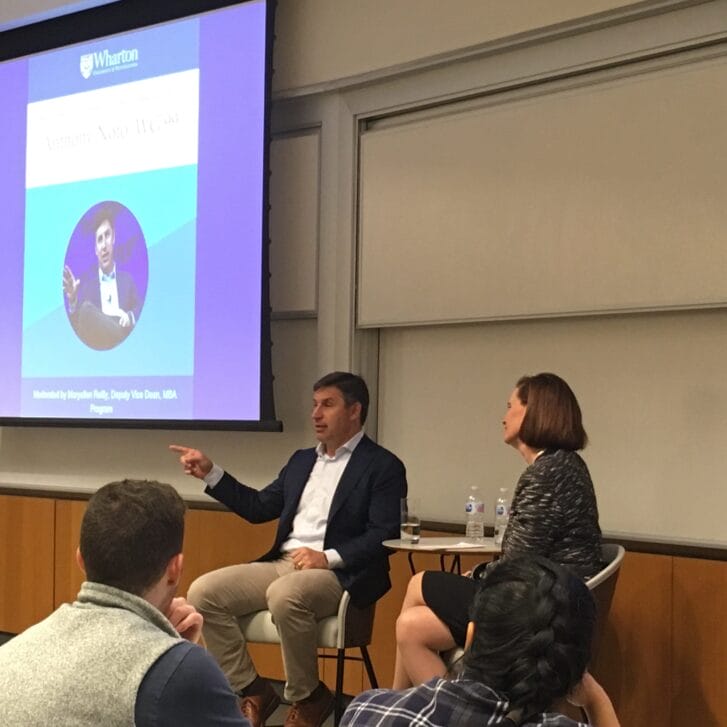Far too many managers and organizations underachieve in large part because they aim too low. Here is a team-sports-inspired yardstick that I have frequently used as an ice-breaker with consulting clients:
LEVELS OF ASPIRATION
10 Become a dynasty
9 Repeat as champion
8 Win the championship
7 Reach the championship game/series
6 Advance in the playoffs
5 Make the playoffs
4 Finish with a winning record
3 Break even
2 Lose fewer than last year
1 Show up
This measure often defines the upper limit of performance by revealing a self-fulfilling prophecy—a level to which one inherently aspires, and therefore, tends not to exceed. Put simply, those who aim for a B in life are more likely to realize that level or indeed a C, rather than an A.
Consider the following example from professional team sports. The National Football League’s Philadelphia Eagles first appeared in the Super Bowl in 1981, when they were soundly defeated by the Oakland Raiders. Reflecting on that loss, Eagles head coach Dick Vermeil admitted that his own and his team’s implicit goal had been to reach the Super Bowl. To make it that far, the Eagles had to defeat their bitter arch-rival, the Dallas Cowboys, in the NFC Championship Game. After an emotional win over Dallas, The Eagles’ owner, Leonard Tose, threw a huge party for the team. The players left their Super Bowl performance at the restaurant. In retrospect, Vermeil resolved never again to celebrate until after the Super Bowl. He got his chance with the St. Louis Rams in 2000—and made good on his resolution that time.
The least ambitious level is #1, to “show up” at work—which may be described as the Joe Cocker model, in reference to the late, dissolute British rock star, of whom it had been said, “every time he appears on stage, it’s a comeback.” Slightly more challenging is #2, to “lose fewer than last year”—a posture that too often has defined Philly’s professional sports teams.
In my experience, all too many companies seem content to be in the middle portion of this yardstick—between #4 and #7. Such a mediocre aspiration level virtually ensures less-than-world-class performance. What do you want to be(come)?


























